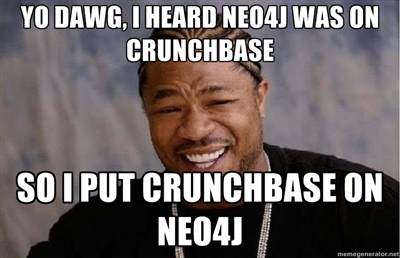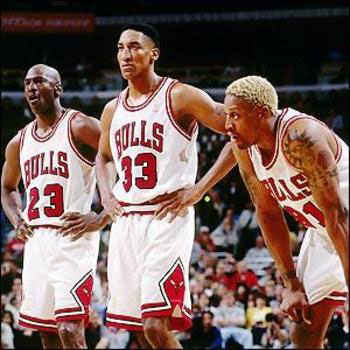
“That a lie which is half a truth is ever the blackest of lies” — Alfred Tennyson. Before embarking on the journey of achieving something great, you are often told to imagine having already done it. This is the pseudo scientific belief that visualizing a positive outcome helps one achieve it. It propelled “The Secret” to sell 30 million copies worldwide. However, it isn’t the outcome we are supposed to be fantasizing about, but rather the execution of the actions required to accomplish our goal.
Continue reading








